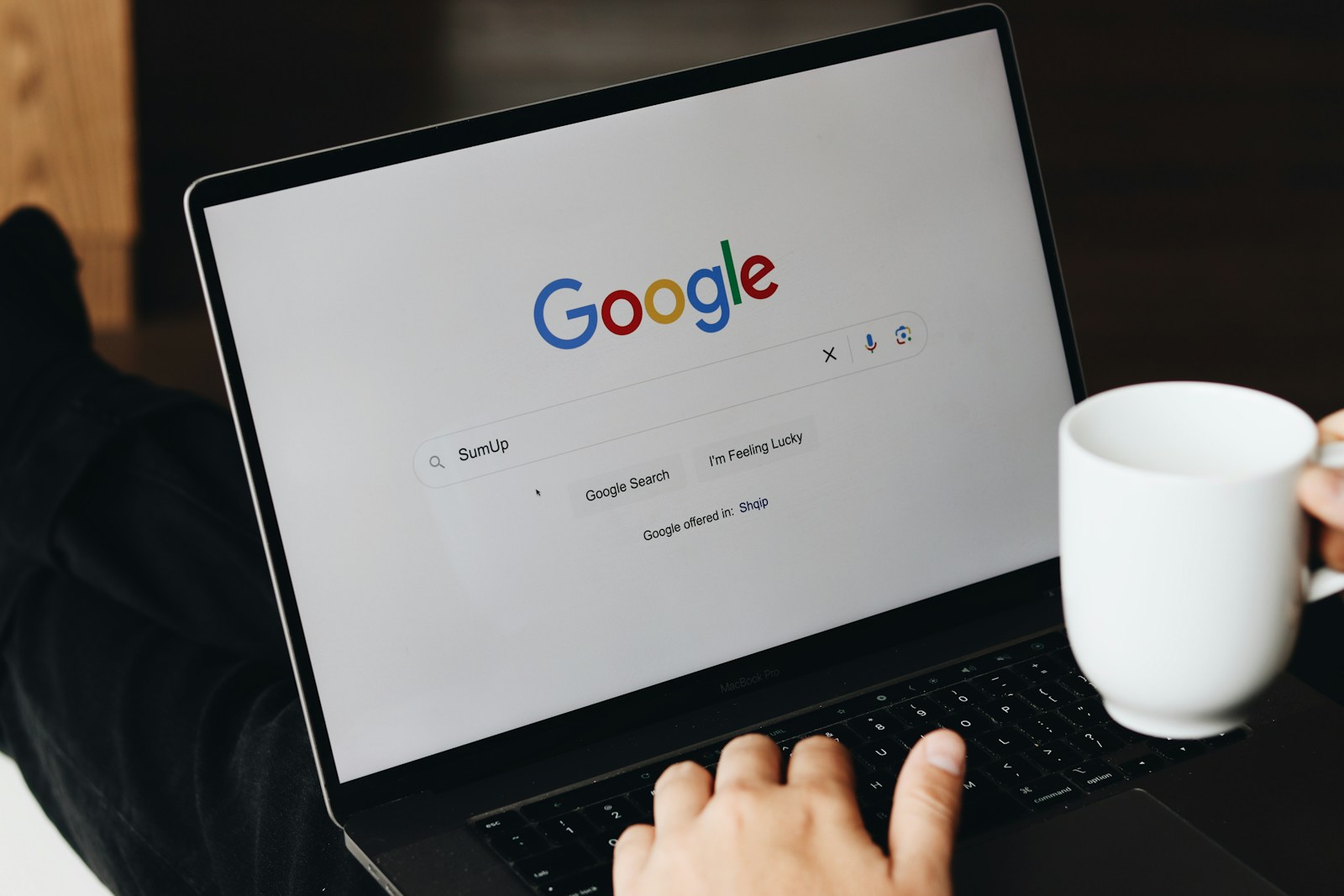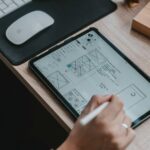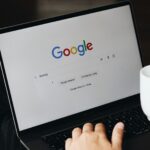Artificial Intelligence (AI) is revolutionizing the world of art, particularly in the realm of digital art. As technology continues to advance at a rapid pace, digital artists are finding new and innovative ways to incorporate AI into their creative process. The fusion of AI and art has opened up a world of possibilities, allowing artists to push the boundaries of their creativity and produce truly unique and captivating works.
One of the most exciting developments in the world of AI art is the use of generative adversarial networks (GANs). GANs are a type of AI algorithm that consists of two neural networks – a generator and a discriminator – that work together to create new, original images. The generator creates images based on a set of input data, while the discriminator evaluates the images and provides feedback to the generator. Through this process of trial and error, GANs can generate incredibly realistic and detailed images that are indistinguishable from those created by human artists.
Digital artists are now harnessing the power of GANs to create stunning works of art that push the boundaries of what is possible. By feeding the algorithm with a dataset of images, artists can generate new and unique pieces that combine elements from multiple sources. This allows for a level of creativity and experimentation that was previously unimaginable, opening up new avenues for artistic expression.
AI art is not limited to just visual art – it is also making waves in the world of music and literature. AI algorithms can now compose music, write poetry, and even create entire novels. While some may argue that AI-generated art lacks the emotional depth and personal touch of human-created art, others see it as a tool for collaboration and inspiration. By working alongside AI, artists can explore new techniques and styles, leading to the creation of truly groundbreaking works.
Despite the many benefits of AI art, there are also concerns about the impact it may have on traditional artists. Some worry that AI-generated art could devalue the work of human artists, making it more difficult for them to earn a living. However, many artists see AI as a tool to enhance their creativity rather than replace it. By embracing AI as a tool for collaboration and experimentation, artists can expand their creative horizons and explore new possibilities.
In conclusion, the future of art is undeniably intertwined with AI. As technology continues to advance, digital artists will have access to a wealth of tools and techniques that will allow them to create truly innovative and groundbreaking works. By embracing AI as a tool for collaboration and experimentation, artists can push the boundaries of their creativity and produce art that is truly unique and captivating. The fusion of AI and art is a testament to the power of technology to inspire and transform the world of art.







Leave a Reply